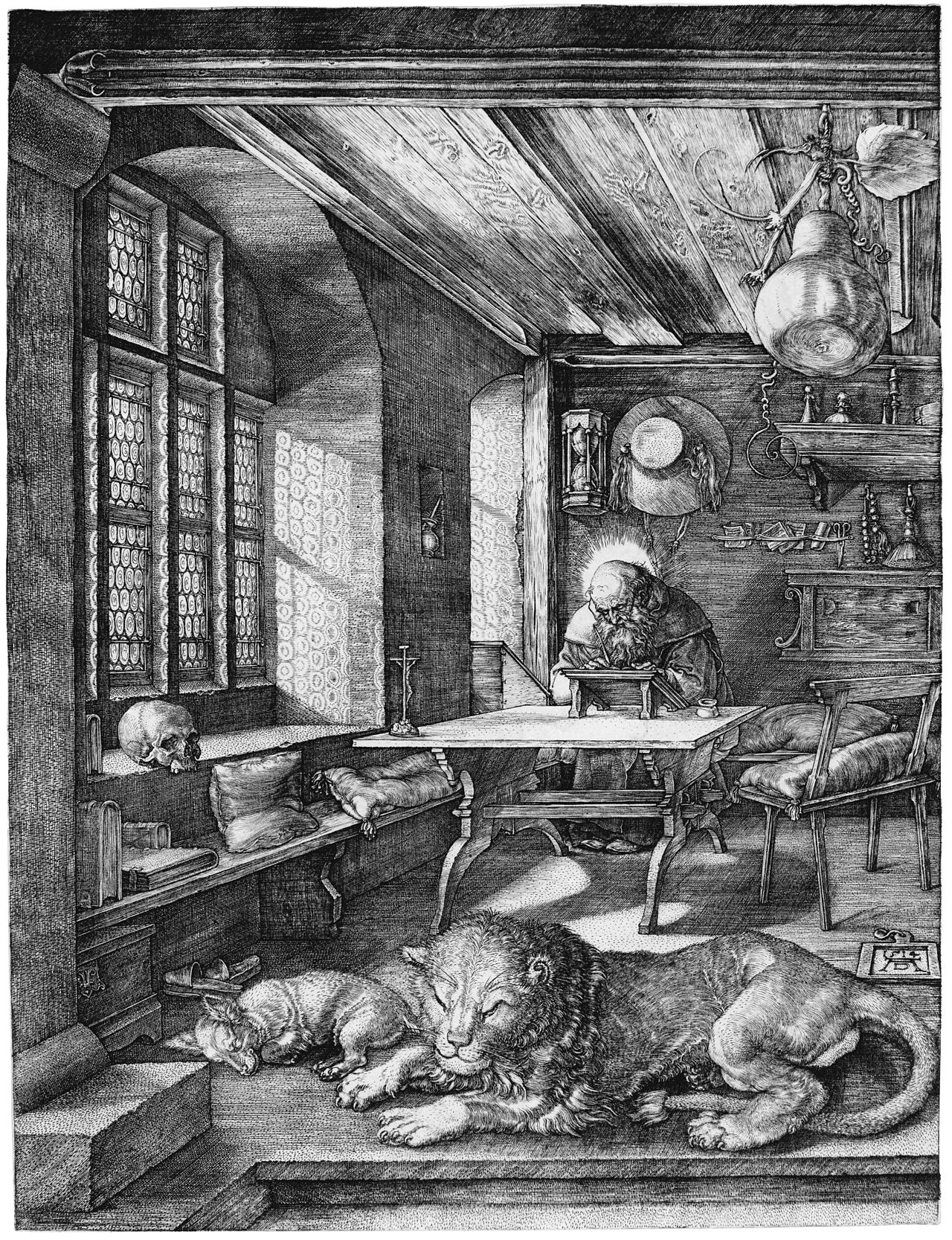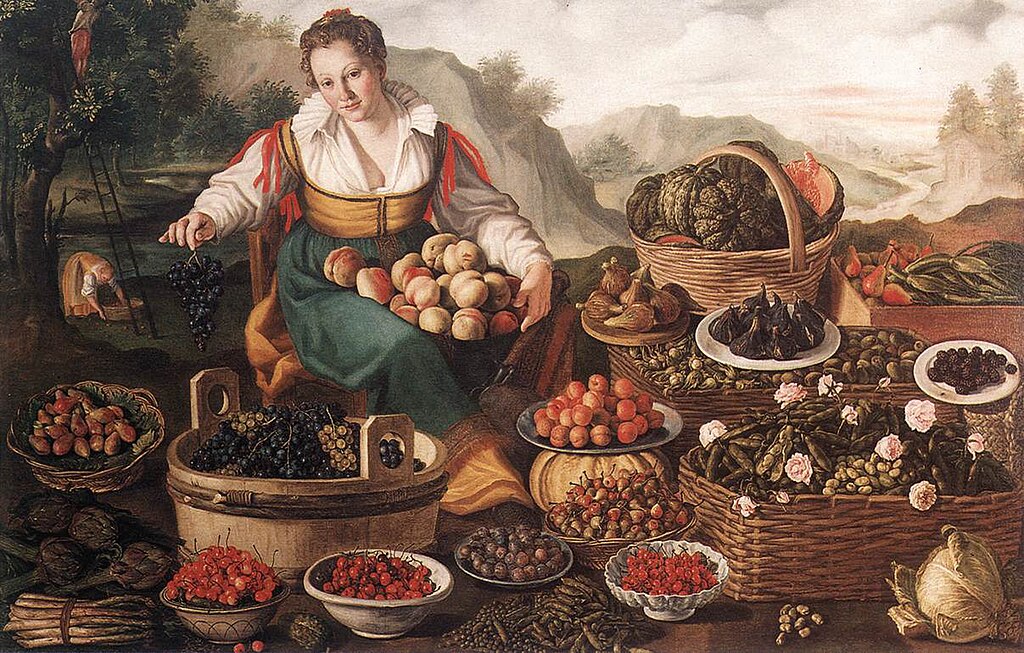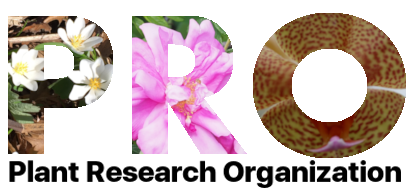Albrecht Dürer, brilliant artist and pioneer of the German renaissance, impressed the world with his life like woodcuts and engravings. His work would inspire centuries of study into the secrets of his work, and the hermetic nature of his Meisterstiche or Master prints.

His famous work, Melencolia I, drives beauty and melancholy into a mania of philosophy, mathematics, and magic that are apparent in the plethora of symbols in the work. For us, it is the ladder, which is set upon a building and symbolizes ascension to a higher state, which we could consider enlightenment.
In the same year, Albrecht Dürer released his work, Der heilige Hieronymus im Gehäus, which features St. Jerome in his study, in a building, which may be the one shown in the former. This is pure speculation, but it is rather convenient that on the floor of the room, there is a frame of Dürer’s signature, which would be hung from a hook much like all the decor found on the walls of the building outside in Melencolia I.


Traveling towards the top of his work and hanging on a hook, which follows the trend of heights and enlightenment. A gourd! But not any gourd, it is distinctly a Cucurbit, ein Kürbis, which resembles a squash, perhaps a perspective on a butternut squash, Cucurbita moschata. Regardless of what squash this really is, it is profound because squash, Curcurbita spp., comes originally from the New World, the Americas, and would’ve been first discovered by Europeans during Christopher Columbus’ journey to the Antilles, in 1492. It would only take 22 years until such a rare specimen or a drawing of such an obscurity and delicacy could fall into the hands of Albrecht Dürer, who may have encountered it in his time in Italy. Another possibility is that it is an African gourd, which may appear artificially similar to squash. Squash, a word of botanical ambiguity, stems from the native American language of the Narragansett, a northeastern tribe of Rhode Island.

Art is the best way to preserve the history of vegetables as they seem to decompose and leave no traces for archeologists. There are countless works during this epic period in human history that feature plants from the Americas in hands of Europeans. Art is perhaps the best way to document these early migrations of fruit and vegetables. Without such an intermingling of culture, we would not have the spice of hot peppers in any cuisine outside of the Americas such as Asia, nor would we have tomatoes in any Italian dishes, nor potatoes in the cuisine of the Atlantic cultures of Europe.
Sources
Dürer, Albrecht. Melencolia I, 1514.
Dürer, Albrecht. Der heilige Hieronymus im Gehäus, 1514.
Campi, Vicenzo. La Fruttivendola. Web Gallery of Art. https://www.wga.hu/frames-e.html?/html/c/campi/vincenzo/1fruit.html
Nienhius, Jim. Veggies and Art. Personal Communication. Univ. of Wisconsin – Madison, Nov 1, 2019.

